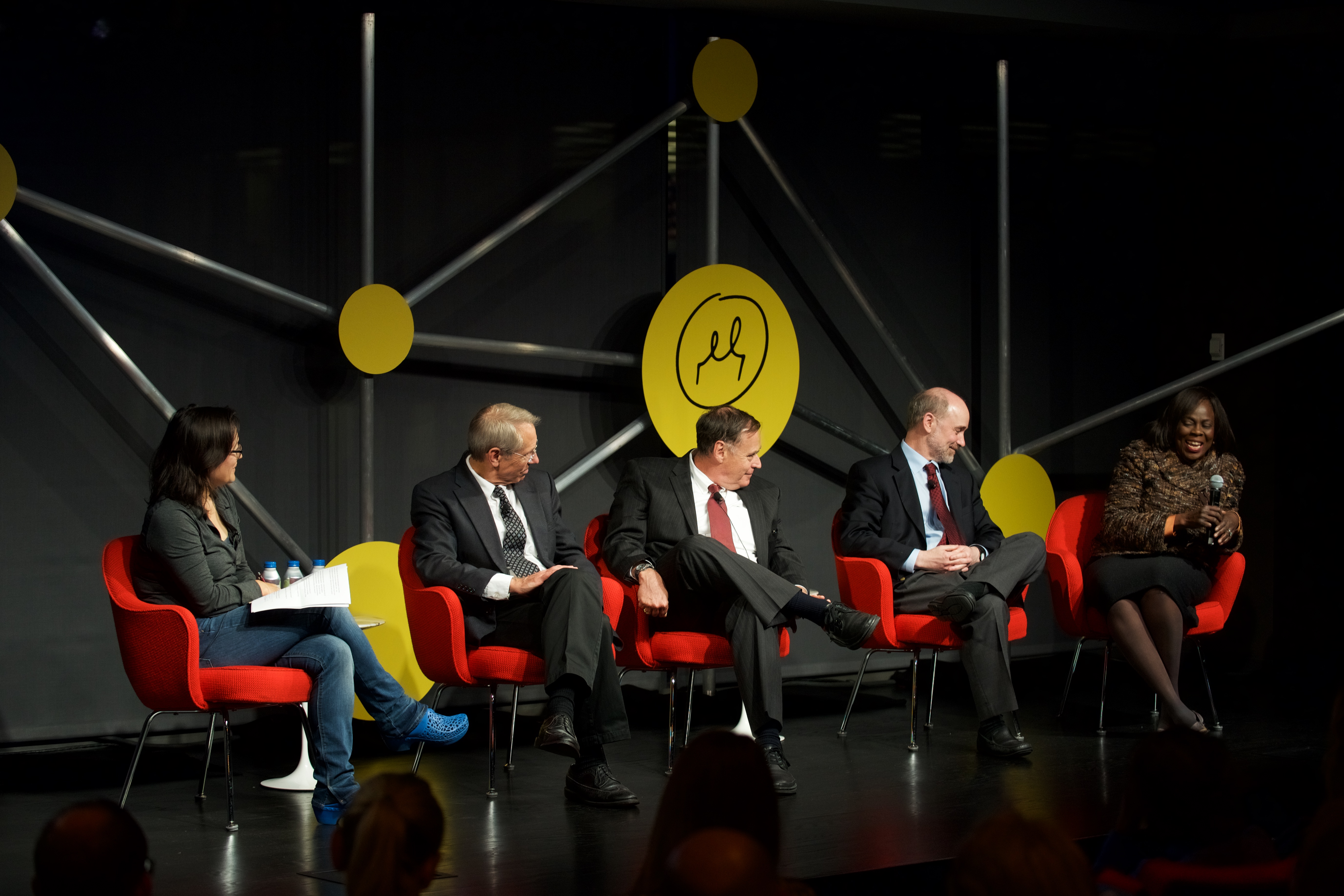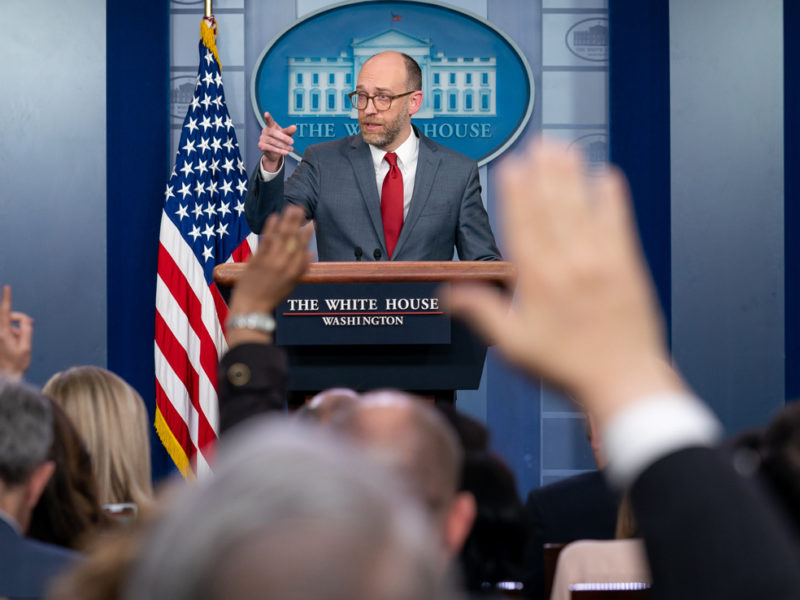
5 Things to Know About the Push to Cure Cancer
More than 40 years ago, the United States declared war on cancer. Yet decades later, we still do not have a cure. More than 4 million people die prematurely from cancer every year, and that figure is projected to increase over the next decade. Spurred by the death of his son, and millions of other Americans, at the hand of cancer, Vice President Joe Biden launched a “Cancer Moonshot” initiative in 2016 with the hopes of completing ten years worth of cancer research in just five.
Biden’s push for a cure is one of many, and suggests that society may have reached a tipping point in its desire to mobilize a cure. In October, Chicago Ideas brought together a group of leading researchers and physicians to discuss the future of cancer research and what it will take to curb the disease that has taken the lives of millions.
Here are five takeaway from the conversation, which shined an informative light on what’s being done in cancer research to push for a cure, and the barriers that still need to be broken in the field.
Big data sharing will expedite cancer research
You’ve probably heard the phrase “big data” uttered at some point in pretty much any office in America, but aggregating patient and medical data in a big picture way is one of the main focuses in the current push to cure cancer.
“The types of things that Google, Amazon and Facebook do everyday with data, we by and large don’t do with cancer,” says Bob Grossman, professor of medicine and director of the Center for Data Intensive Science at the University of Chicago.
If researchers, physicians and other members of the scientific and medical communities can better share and analyze their patients’ data on a large scale, cancer treatment could become more personalized. Large tech companies are leveraging the same kind of data to optimize their growth, ad revenue and more—so why can’t the same methods be translated to cancer research?
Beyond a cure, cancer prevention and detection are key
One of the best ways to curb the number of cancer deaths is to simply prevent it in the first place, says Dr. John Glaspy, a professor of medicine at UCLA. From advocating healthier lifestyles (i.e. quitting smoking) to forming a blood profile atlas (i.e. big data) that detects cancer in its earliest stages,
Money alone isn’t enough
There is a lot of good and effective research that money can fund, but if cancer is going to one day be eradicated altogether, it’s going to take a lot more than checkbooks and donations. A push for a cure is also going to take a grassroots effort on the community level.
“It’s not an accident that all of these populist takeovers of the cancer research agenda… all have at their heart a person that has been personally attacked by cancer,” Glaspy says. “This gets people focused on the notion that there are Americans who if we break through to them in three years will live, and if we don’t will die.”
There isn’t a single cure for cancer
Cancer doesn’t occur in a single universal form, but rather dozens and dozens, each of which require their own type of treatment. One thing to keep in mind is that there may never be a cure-all for cancer, and many forms may not ever have a cure per say, but rather an effective treatment. Glaspy uses diabetes as an example of another degenerative disease that cannot be cured, but can be controlled.
“We can’t promise that we’re going to have a cure,” he says. “We can promise that there will be a few huge home runs and a lot of singles along the way, and those are going to make huge differences in people’s lives.”
Innovation in cancer treatment is one thing, navigating the health care system is another
The current American health care system is complicated—to say the least—and can be close to impossible to navigate for everyday patients. Beyond patients, it’s also very, very difficult and time consuming for researchers to get potentially life-saving drugs approved for use. More, access to quality cancer treatment is location-dependent for thousands of patients. There is a huge gap between academic medical centers and communities where patients live, says Dr. Funmi Olopade of the University of Chicago. She notes that many of her patients travel from across the country to be treated at the university, which is far from equitable and costs people their lives.
“It shouldn’t be rocket science to get people the drugs they need where they live,” she says.
Want to help push cancer research forward and help patients live better lives? Consider donating to the American Cancer Society, reading up on Bob Grossman’s Open Data Group or, if you’ve had cancer, become a mentor to someone who’s recently been diagnosed.




